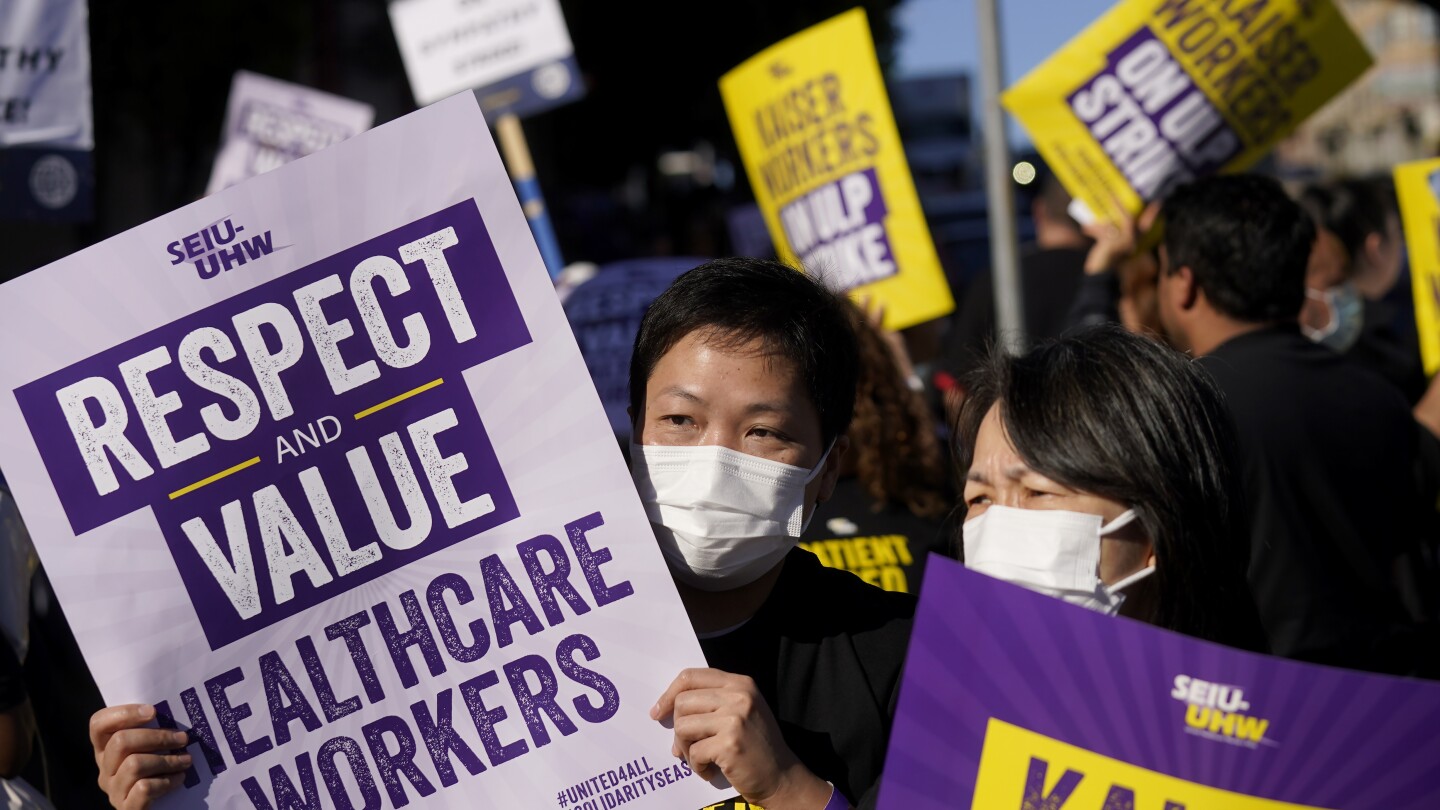It’s been a big year for labor organizing in the U.S. And from auto production lines to Hollywood, all eyes are on strikes taking the world of work by storm.
The boiling point we’re seeing today comes amid soaring costs of living and rising inequality, including growing pay gaps between workers and top executives. Now, thousands of workers who were asked to make sacrifices during the pandemic even as corporate profits soared are asking for better pay and protections — and walking off the job if progress isn’t made in heated contract negotiations.
At least 453,000 workers have participated in 312 strikes in the U.S. this year, according to Johnnie Kallas, a Ph.D. candidate and the project director of Cornell University’s Labor Action Tracker. This year’s work stoppages have spread across multiple industries — including transportation, entertainment and hospitality.
Here’s a rundown of some of the largest strikes taking place in the U.S. today.



There’s no simple answer to your question, just like there’s no quick solution to the problem of inequality. But one premise you’ve mentioned isn’t quite correct. The democratic party hasn’t really been “ruling” for most of that time. They’ve controlled the presidency, yes. But for all except 2 years, they haven’t controlled Congress (it’s been either divided or republican controlled), and they haven’t controlled the supreme court. That said, a lot of Democrats are still happy to push the status quo, and there’s plenty of warranted criticism to go around.